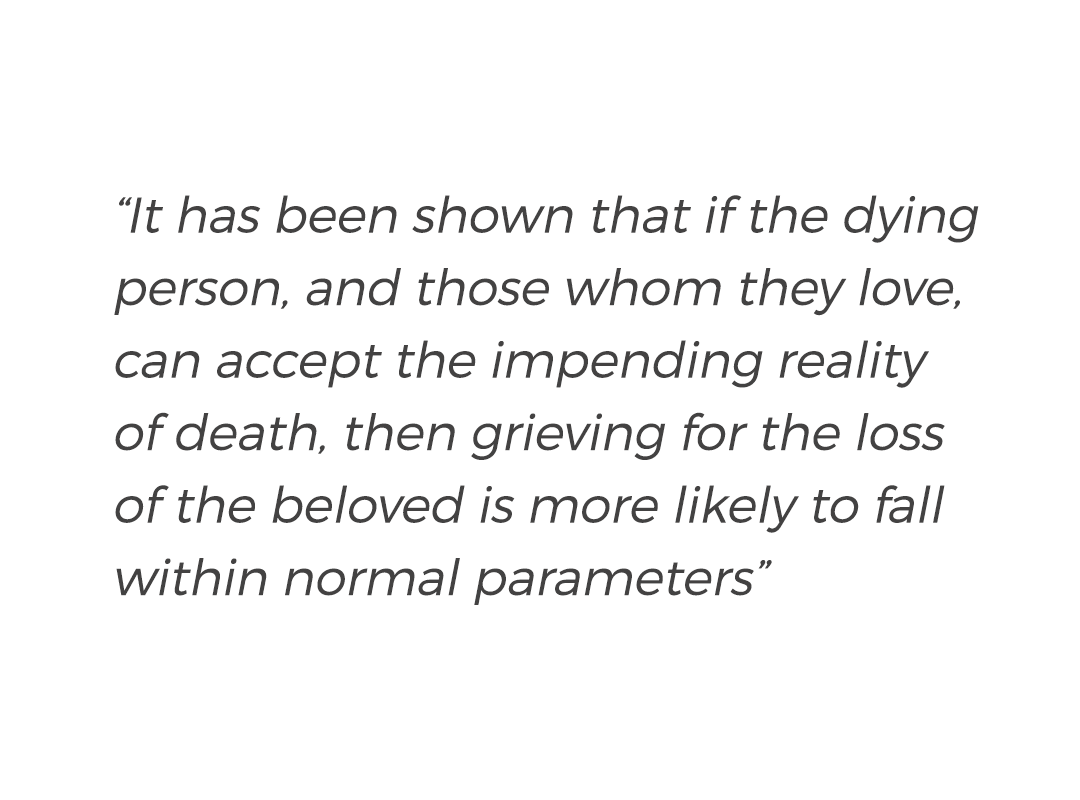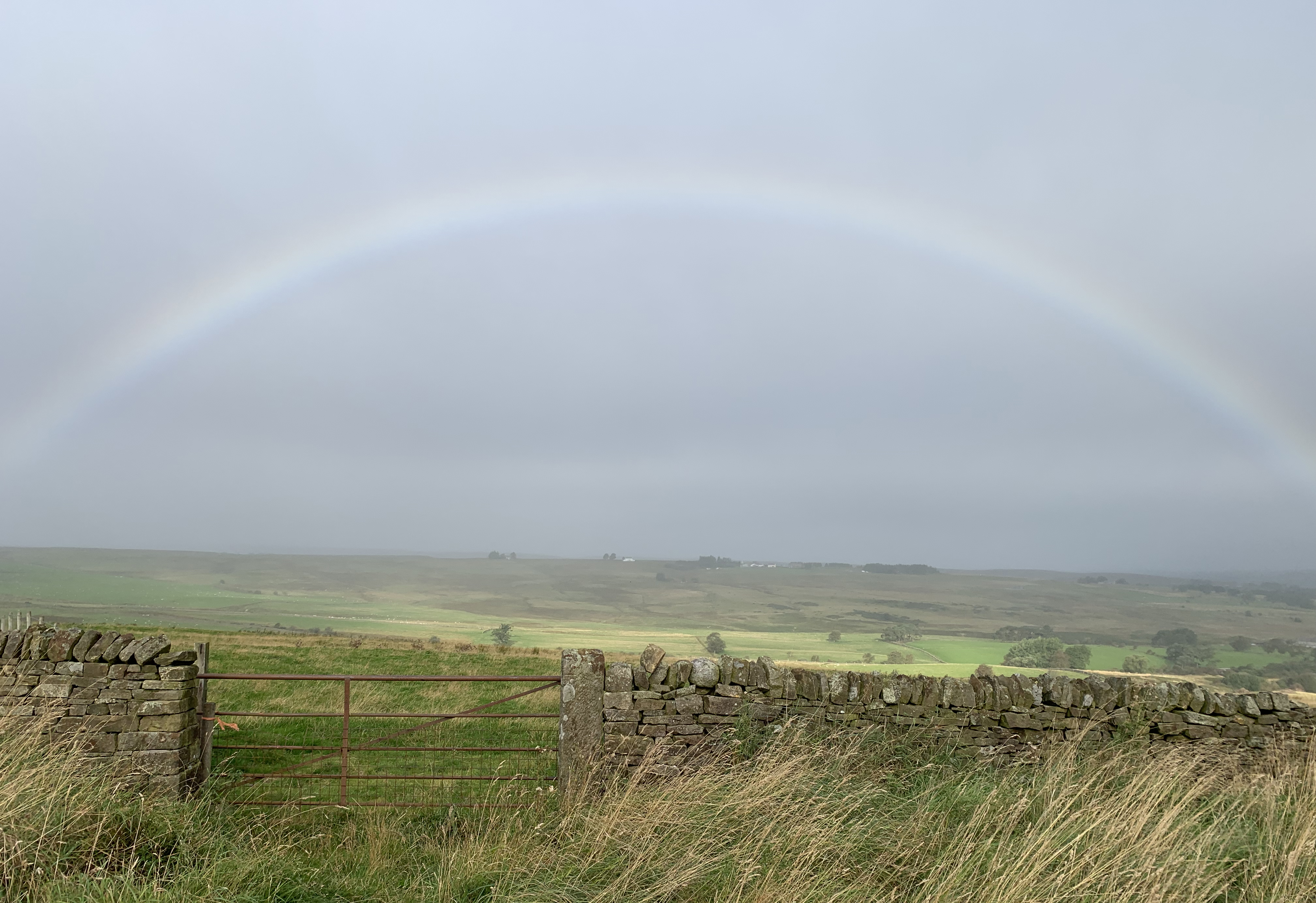
I received the phone call to say I had reached the top of the counselling list at my local hospice and they were able to offer me an appointment. I’d never had counselling before, nor did I know that much about it really. Having suffered a loss, of sorts, I nervously attended the first appointment. Little did I know that not only was this the start of my own therapeutic journey but it was also the awakening of a professional curiosity into the bereavement process.
Following the attendance of my allocated 12 sessions, I was drawn to explore the meaning of therapy and how it helps a person to heal. I qualified as a person-centred counsellor in 2014 and continue to hold a specialist interest in grief, bereavement and loss. I remain intrigued by how we process, behave and change during such events.
The book - Working with Bereaved People written by Ann Faulkner is an easy, informative read. The case studies from Ann’s own work give a deep understanding of how people may react and the emotions that may be felt when a loss is experienced.

Ann begins the book with an exploration of the different life stages and provides examples of the losses that we might experience by during each phase of development, from a child losing a significant toy to an adult suffering the loss of their own child.
“Right from an early age a child gets used to the concept of loss, and gradually learns that nothing in the world is permanent”.
The author cleverly describes the emotions attached to grief and how these can vary depending on the magnitude and details of the loss. She explores our existential fear of dying and the fear we experience when we realise, we must adapt to living our lives without a loved one. The phases of anger, denial and acceptance are also explored.

I found the author’s detailed outlining of the practicalities of what happens after a person dies particularly useful in my work with the bereaved. Exploring the importance of their involvement in the decisions made following the death can be hugely therapeutic for the bereaved, providing them with a sense of control and purpose in what can feel like a helpless time.
Ann emphasises that the grieving process is always difficult and unique, without any hard or fast rules to be adhered to. The awareness that time doesn’t necessarily heal but instead gradually lessens the depth of grief felt, provides a compassionate and realistic standpoint from which to support a bereaved person.
Knowing that there are always going to be triggers, which at times can catch people when they least expect can further help our clients to hold their own unique process with kindness, compassion and patience – thus lessening the load that they must carry. In this way, she gives us all the much needed permission to grieve at our own pace.
The process cannot, and does not need to be, rushed.
